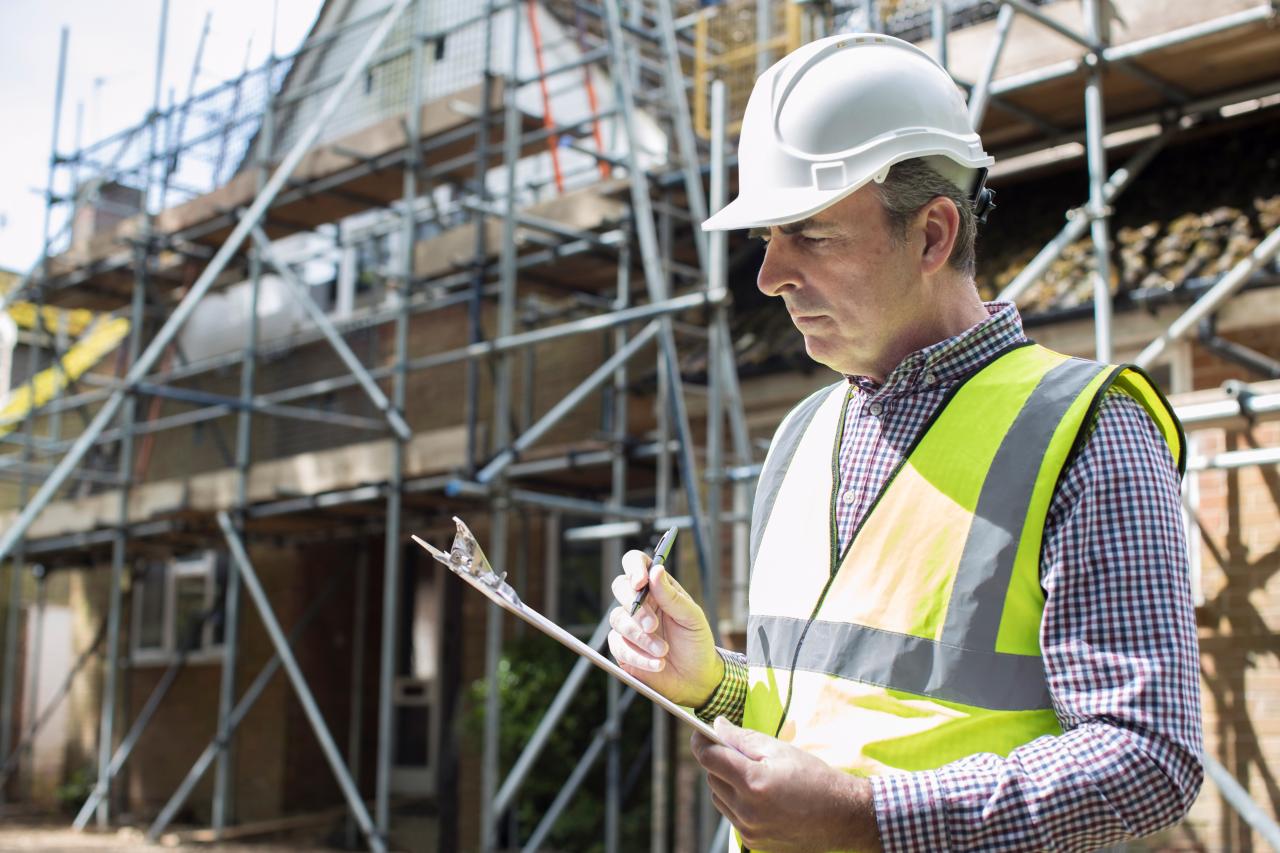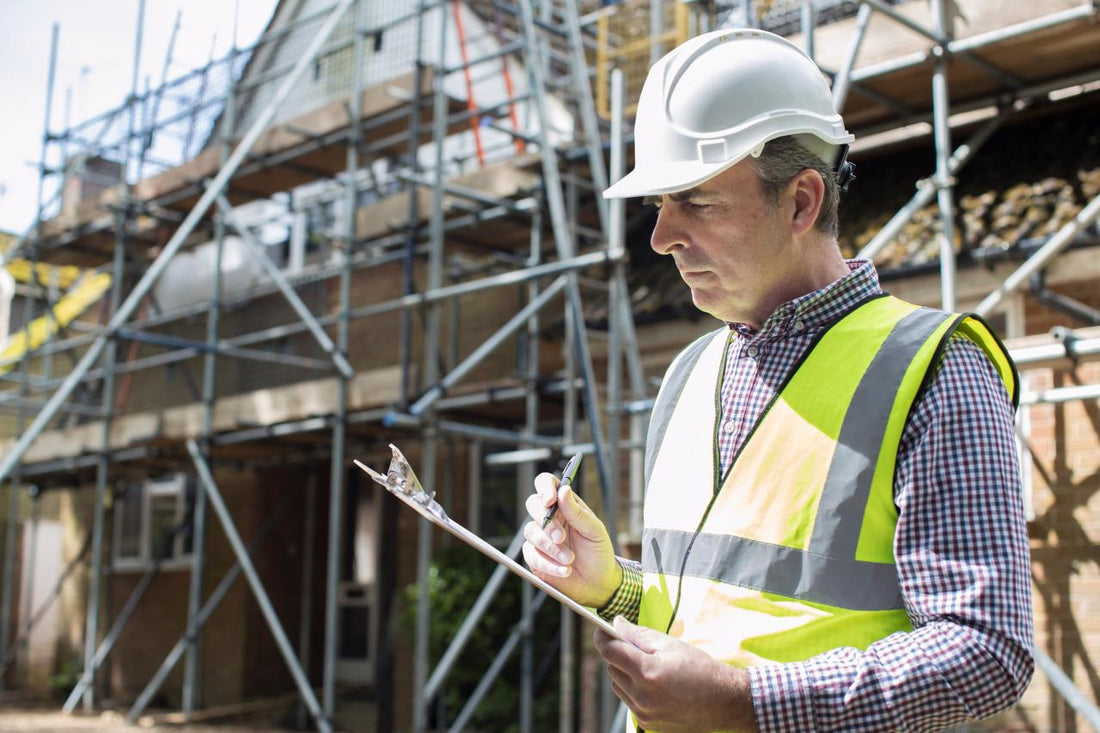It is a curious paradox that few industries are as strictly regulated and controlled as the construction sector and, at the same time, few industries are as vulnerable to unexpected events. From environmental weather to subcontractor failures, construction projects can be hampered in a variety of ways.
From the builder's perspective, many potential risk factors can be anticipated and resolved preventatively through the development of a construction quality management plan. If you're not familiar with this concept, we define it below, before explaining how to create and implement one.
What is construction quality management?
Construction quality management is broadly similar to project management. It involves a practical, quality-focused approach to all stages and aspects of design, construction and client relationships. Requires written standards that can be consulted at any time by employees, subcontractors and customers. Proactive monitoring of active projects is required at all phases, identifying and resolving issues in real time, rather than relying on client lists or retrospective board intervention.
These are some of the issues that may require consideration throughout a construction project:
- Changes in the style or quality of materials provided
- Supplier and vendor failures
- Unexpected website issues or setbacks
- Changes in the scale or scope of customer demands
- Communication methods and key stakeholders
- Auditing and testing
By carrying out ongoing due diligence in these areas (and many others), construction quality management helps ensure that projects are completed on time and on budget, using high-quality materials and pre-agreed standards. This gives your company the fiscal strength and confidence to positively launch future work, without excesses or remedies compromising profit margins at this time of unexpectedly high inflation. It also demonstrates a high level of competence, which will be attractive to both past and potential clients.

Creating a plan
A construction quality management plan should be developed as a standard document, to be applied to all future projects. Likewise, Excel is not suitable for carrying out complex construction projects, one document may not cover all eventualities or project types. A small family builder may find themselves undertaking a listed building conversion, or tackling a mixed-use development, where the plan requires significant revision to remain relevant.
Any quality management plan will require updating after each construction project is approved to ensure that previous lessons are learned for future developments. Questions may arise around ownership and responsibility, roles and responsibilities, tools and materials. If a subcontractor attempts to pass second-rate bricks or if lines of communication with the client are temporarily interrupted, lessons can be learned for future instances. A construction quality management plan is never finished – it is always evolving.
A risky game
Risk assessments are never glamorous, but they are essential throughout the life of any project. Creating a construction quality management plan will allow you and your team to identify potential liabilities or risks and implement techniques to mitigate them. If it is a new situation, it may be necessary to devise alternative solutions to issues as diverse as legal risks, worker training or cash flow concerns.
Granular oversight of ongoing projects ensures agreed specifications are met, confirming that everything from materials to fit and finish is to an acceptable standard. Few industries have as many risk factors as construction or the same value placed on safety protocols (crane operation, fire regulations, scaffolding erecting, etc.). Inadequate construction methods, materials or management can undermine safety levels and, at the same time, reduce the expected useful life of completed buildings.
Maintain standards at every stage
We often think of roadblocks as a last-minute process, conducted after project delivery and then addressed retrospectively on demand. This is a very inefficient and customer-oriented approach to construction quality management. It is much better to have a list of obstacles at each phase of a project, disseminating unambiguous guidance to all relevant parties regarding minimum standards and materials, tolerances and training.
Solving problems in real time is always better than forced retrospective actions. Consider the difference between fully tightening an SVP connector below a bathtub during installation and leaving it loose and then having to attend to the inevitable flooding in the apartment below (potentially years later when resources are redirected elsewhere). The first is clearly preferable to the second.

